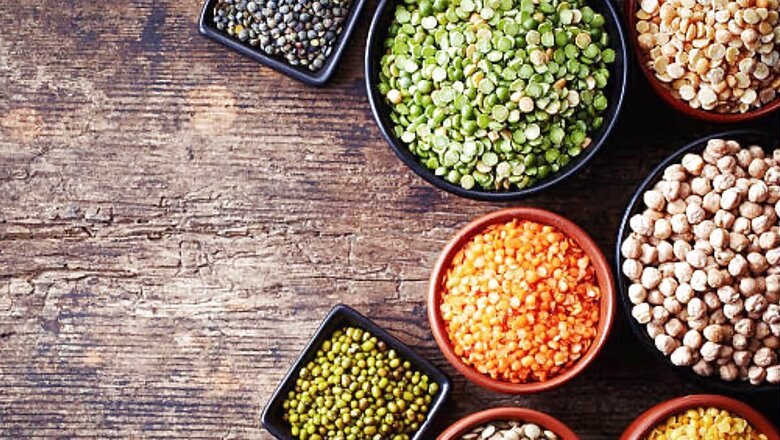
views
Food inflation in India, driven by supply-side factors like adverse weather affecting crops, has remained at around 8% year-on-year since November 2023 and is unlikely to ease any time soon, despite early arrival of monsoon rains and forecasts of above-normal rainfall.
Elevated prices of food, which accounts for nearly half of the overall consumer price basket, has kept headline inflation above the central bank’s target of 4%, preventing it from cutting interest rates.
WHAT IS DRIVING FOOD INFLATION HIGHER?
A drought last year and an ongoing heat wave have significantly reduced the supplies of foods like pulses, vegetables, and cereals.
Curbs on food exports and reducing tariffs on imports have had little effect.
Although vegetable supplies generally decrease during the summer months, this year’s decline is much more pronounced. Temperatures in nearly half of the country are soaring 4-9 degrees Celsius above normal, spoiling harvested and stored vegetables and hindering the planting of crops such as onions, tomatoes, eggplant and spinach.
Farmers usually prepare vegetable seedlings before the June-September monsoon rains and transplant them to the main fields afterward. However, this year, the excessive heat and water scarcity have disrupted both seedling planting and replanting, further exacerbating the shortage of vegetables.
WHY HAS THE MONSOON NOT HELPED?
The annual monsoon, on which India’s agricultural output is dependent, arrived early in the southern tip of the country and advanced swiftly to cover the western state of Maharashtra ahead of schedule. However, this initial momentum soon waned, resulting in a 18% rainfall deficit so far this season.
Besides triggering the heat wave, the weakened monsoon has delayed the planting of summer-sown crops, which can only proceed at full pace with sufficient rainfall.
Despite June’s patchy rains, India’s weather office has forecast above average rainfall for the rest of the monsoon season.
WHEN WILL PRICES COME DOWN?
Vegetable prices are expected to fall from August onwards if the monsoon revives and covers the entire country as per the usual schedule. However, floods or a prolonged dry spell in July and August could disrupt the production cycle.
Prices of milk, cereals and pulses are unlikely to decrease soon due to tight supplies. Wheat supplies are dwindling, and the government has announced no plans to import grain, which will allow wheat prices to rise further.
Rice prices may increase as the government on Wednesday raised the minimum support price, or buying price, of paddy rice by 5.4%. Supplies of pulses, such as pigeon peas, black matpe and chickpeas, were severely affected by last year’s drought, and will not improve until the new season crops are harvested.
Sugar prices are likely to remain high as next season’s production is expected to fall due to lower planting.
CAN GOVERNMENT INTERVENTION HELP?
Yes, government interventions such as restricting exports and easing imports can help bring down the prices of some food commodities. However, the government can do little when it comes to prices of vegetables, which are highly perishable and difficult to import.
The government has implemented various measures to bring down food prices by restricting exports of sugar, rice, onions and wheat. However, these measures have proved unpopular among farmers, and led to losses in the general election for the ruling Bharatiya Janata Party in rural areas.
State elections are approaching in Maharashtra and Haryana, where a significant farmer population will decide the outcome. The central government has been trying to win back farmers’ support and may allow prices of some crops to rise instead of taking aggressive measures before the elections, which are due in October.



















Comments
0 comment